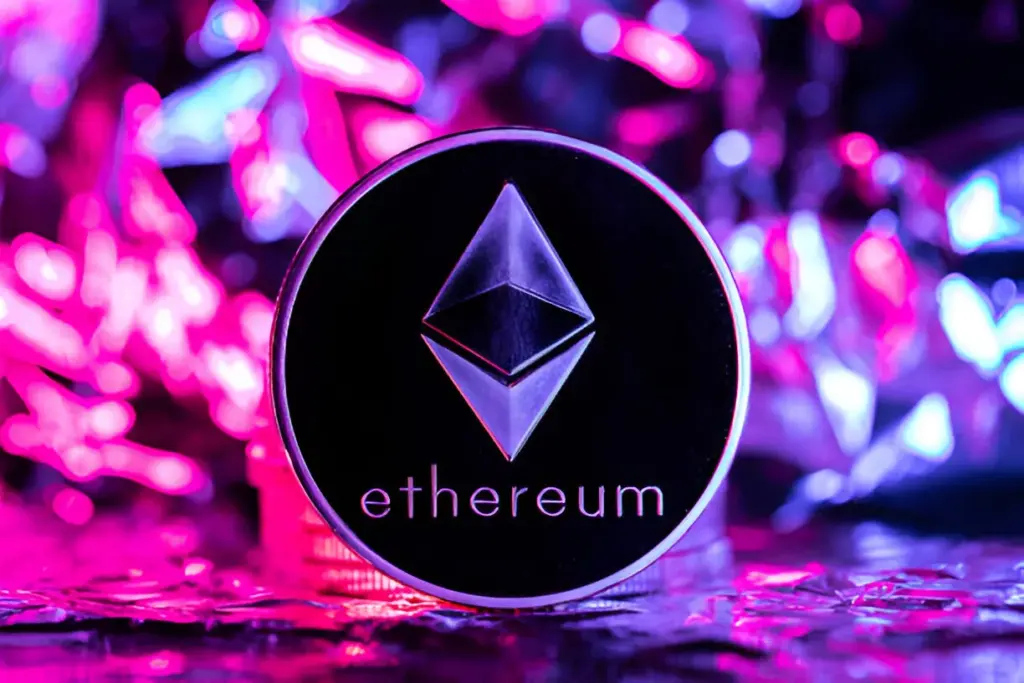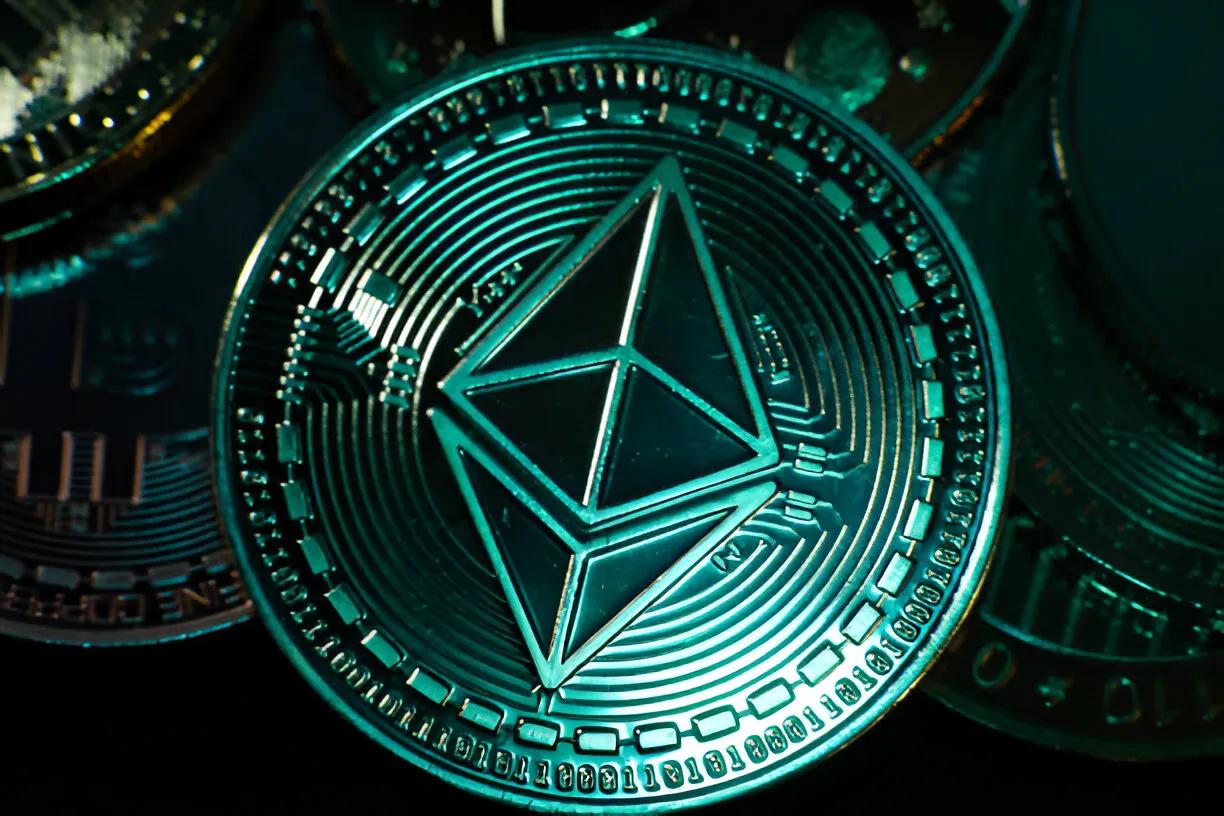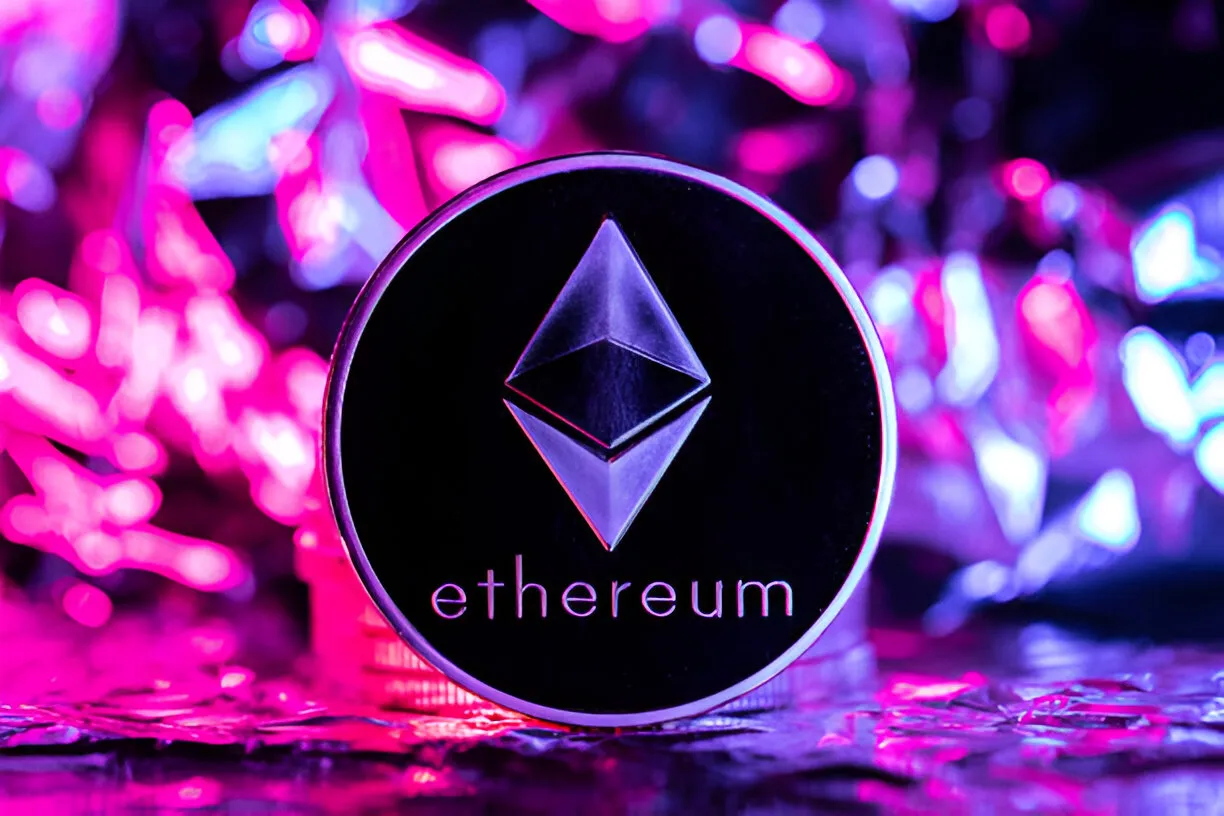Is Ethereum dead? This is the question echoing across online forums, social media feeds, and investor conversations. In the ever-changing world of cryptocurrency, it’s not uncommon to see both optimism and panic. Some claim Ethereum has lost its edge, while others argue it’s evolving into something stronger than ever before.
So, what’s the truth? Is Ethereum truly fading away, or is it simply undergoing transformation? Let’s take a closer look using plain language, solid facts, and a level-headed view of what’s really going on.
What Exactly Is Ethereum?
Before diving into the question “Is Ethereum dead?”, it’s essential to understand what Ethereum actually is.
At its core, Ethereum is a decentralized blockchain a kind of shared digital ledger. But unlike Bitcoin, which was designed primarily for peer-to-peer currency transfers, Ethereum offers something more: it’s programmable. This means developers can build on top of it.
Some of the most common uses include:
-
Decentralized applications (dApps)
-
Non-fungible tokens (NFTs)
-
Smart contracts (automated agreements that execute when certain conditions are met)
To put it simply, if Bitcoin is like a calculator performing a single function efficiently Ethereum is more like a smartphone, allowing users to download apps, run programs, and interact in countless ways.
Understanding this versatility helps explain why Ethereum became a foundational platform in the Web3 movement. So why do some people think Ethereum might be dead?
Why Are People Saying Ethereum Is Dying?
The sentiment that Ethereum is on the decline isn’t entirely baseless. Several challenges have raised legitimate concerns:
-
Excessive transaction fees: Ethereum’s “gas” fees (the cost of performing actions on the network) were notoriously high, discouraging casual users.
-
Network congestion: As Ethereum’s popularity surged, it sometimes became slow, causing delays and frustration.
-
Rising competition: Blockchains like Solana, Avalanche, and Cardano entered the scene offering faster and cheaper alternatives.
-
Market downturn: Ethereum’s token, ETH, fell significantly in value during crypto bear markets, prompting fears of long-term decline.
-
Reputation issues: Scams, rug pulls, and failed projects running on Ethereum tarnished its image in the eyes of some investors.
Yet these issues while serious do not necessarily mean Ethereum is finished. Many argue that it is simply maturing.
What Has Ethereum Done to Stay Relevant?
Far from being passive, Ethereum’s developers and community have taken bold steps to address the platform’s weaknesses.
Here are some of the most notable improvements:
-
The Merge: In 2022, Ethereum transitioned from Proof of Work (PoW) to Proof of Stake (PoS), a major technical shift that significantly reduced energy consumption and opened the door to greater scalability.
-
Reduced gas fees: With the development of layer-2 scaling solutions such as rollups and sidechains transactions have become faster and more affordable.
-
Enhanced security: Ongoing upgrades and audits have made the network more resilient against attacks and vulnerabilities.
These innovations show that Ethereum is not standing still. In fact, it’s evolving sometimes rapidly to meet the needs of its vast user base.
Why the Switch to Proof of Stake Matters
Let’s briefly unpack Ethereum’s switch to Proof of Stake and why it matters so much.
Previously, Ethereum relied on Proof of Work, a system where powerful computers solved complex problems to validate transactions. While secure, this method consumed enormous amounts of electricity.
With Proof of Stake, users stake (or lock up) their ETH to help validate transactions. This newer model offers several advantages:
-
It’s far more energy-efficient
-
It speeds up transaction times
-
It lowers fees
-
It increases network participation
In short, this change has not only improved Ethereum’s sustainability but also laid the groundwork for future upgrades making it difficult to argue that Ethereum is dead.
Is Ethereum Still Being Used?
Despite criticism and competition, Ethereum remains one of the most actively used blockchains on the planet.
Here’s how it’s being used today:
-
NFT trading on platforms like OpenSea
-
Blockchain-based gaming and virtual worlds
-
Smart contract development for decentralized finance (DeFi)
-
Cross-border money transfers without banks
Ethereum still attracts a vast developer community. In fact, many Web3 projects launch on Ethereum first before expanding elsewhere. Usage metrics continue to show that Ethereum’s ecosystem is thriving.
So, is Ethereum dead? Not when it’s still one of the most used blockchains in existence.
What About Ethereum’s Price?
When people ask, “Is Ethereum dead?”, what they often mean is, “Has the price crashed beyond recovery?”
Yes, Ethereum’s price dropped sharply from its 2021 highs. At its peak, ETH was trading above $4,000. But like most assets in the crypto world, Ethereum’s value is highly volatile. Bear markets can make any project look doomed.
But several factors offer reassurance:
-
Ethereum has recovered from downturns before
-
Long-term holders still believe in its potential
-
Crypto, as a whole, goes through cycles of boom and bust
While price movement alone shouldn’t define a project’s viability, it’s clear that ETH continues to maintain its place as the second-largest cryptocurrency by market cap.
Other Blockchains Are Growing Should Ethereum Be Worried?
It’s true that Ethereum faces fierce competition. Newer blockchains such as:
-
Solana
-
Avalanche
-
Polkadot
-
Cardano
-
Binance Smart Chain
have gained ground by offering high-speed, low-cost transactions.
However, many of these chains are not direct competitors they’re collaborators. In fact, Ethereum has embraced a multi-chain future, where various blockchains interact through bridges and shared protocols.
Moreover, Ethereum has developed layer-2 solutions like:
-
Arbitrum
-
Optimism
-
Base
These solutions enhance Ethereum’s scalability while maintaining its core infrastructure. Rather than falling behind, Ethereum is adapting to meet demand.
NFTs Are Still a Thing And Ethereum Powers Them
NFTs may no longer dominate headlines like they did in 2021, but they’re far from gone and Ethereum remains their home base.
What’s happening in the NFT space today?
-
Video games are incorporating NFTs as in-game assets
-
Musicians are releasing albums via NFTs
-
Major brands like Nike, Adidas, and Starbucks are exploring NFT-based loyalty programs
Ethereum supports the majority of NFT platforms and marketplaces, reinforcing its central role in this still-evolving trend.
Big Brands Are Still Betting on Ethereum
One of the strongest indicators of Ethereum’s continued relevance is institutional support.
Major corporations and financial institutions have shown confidence in Ethereum’s long-term viability:
-
JPMorgan has created its own private Ethereum-based blockchain
-
Visa and Mastercard are experimenting with Ethereum for transaction settlements
-
Nike and Adidas are integrating Ethereum-based NFTs into their product lines
Simply put, major players wouldn’t be investing time and resources into a platform they considered dead. Their involvement suggests faith in Ethereum’s stability and future.
Should You Still Buy or Use Ethereum?
Let’s be clear this isn’t financial advice. But if you’re wondering whether Ethereum is still worth using or investing in, consider the following:
Reasons people remain interested in Ethereum:
-
It’s the second-largest cryptocurrency
-
It supports a massive ecosystem of apps and services
-
It continues to improve through regular upgrades
-
It has a vibrant and dedicated community
That said, crypto remains volatile. Never invest more than you can afford to lose. But dismissing Ethereum entirely may mean overlooking one of the most active and innovative platforms in the space.
What’s Next for Ethereum?
Ethereum’s development roadmap is far from over. In fact, some of its most exciting improvements are still on the horizon.
Upcoming features include:
-
Sharding: This will split the network into smaller pieces, dramatically increasing speed and efficiency.
-
Expanded layer-2 integration: Additional tools will help lower costs and ease congestion.
-
Enhanced staking rewards: Making it more attractive for users to participate in securing the network.
These upgrades are not minor tweaks they’re foundational enhancements. The pace and ambition of Ethereum’s development show that it remains a cornerstone of the crypto world.
Final Thoughts
So let’s answer the question plainly.
Is Ethereum dead? Not at all.
Ethereum has faced challenges. Its fees were once high, and its speed wasn’t ideal. The competition has grown stronger. Its price has dipped. But throughout it all, Ethereum has responded with improvements, innovation, and a thriving community.
Here’s why Ethereum isn’t going anywhere:
-
Millions of users still depend on it
-
Developers continue to build on it
-
Major corporations are investing in it
-
Its technology is constantly evolving
Rather than being dead, Ethereum is entering a new phase leaner, faster, and more capable than before. For anyone wondering about its future, the signs point not to an ending, but to a promising continuation.
In short: Ethereum isn’t dead. It’s just getting started.












